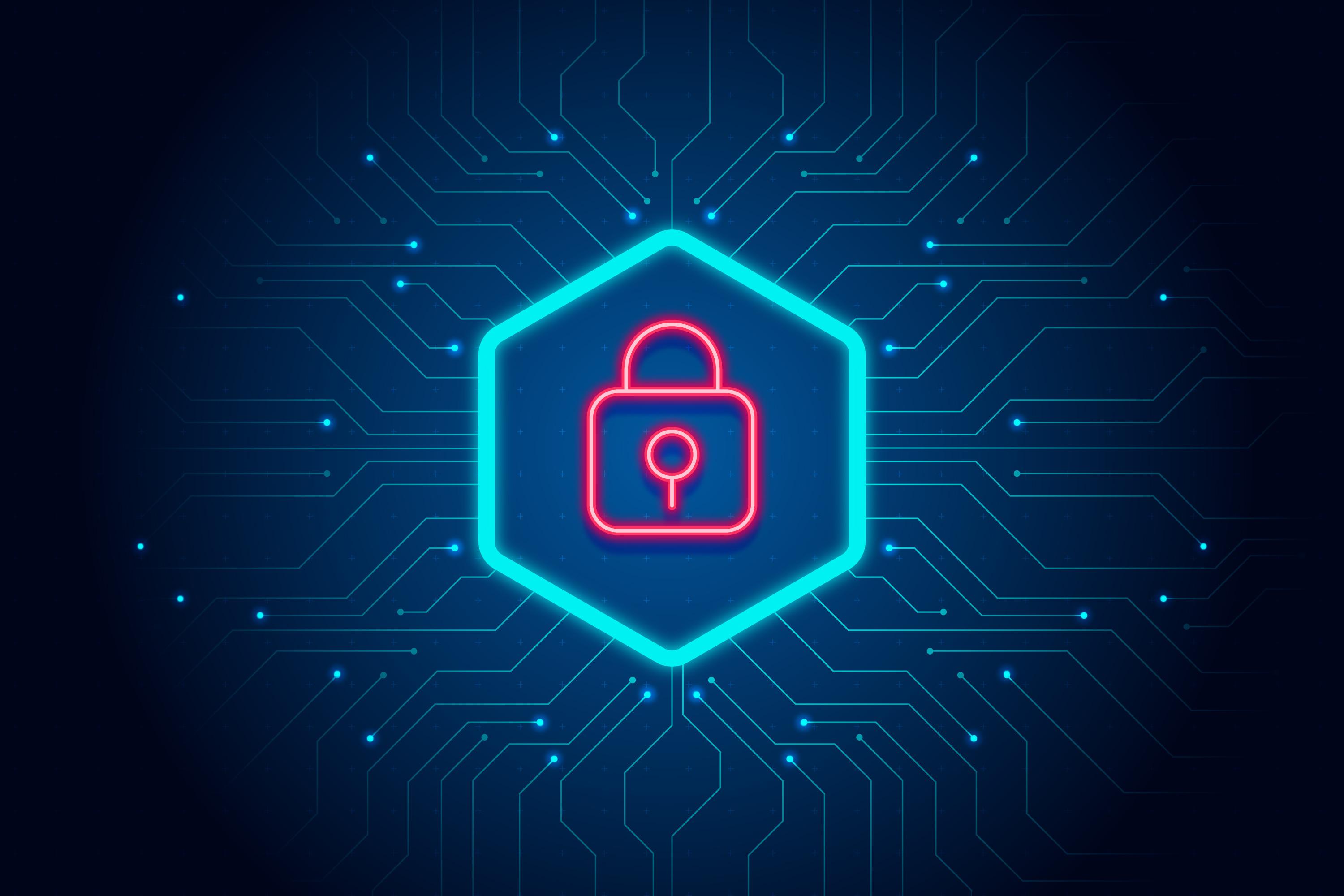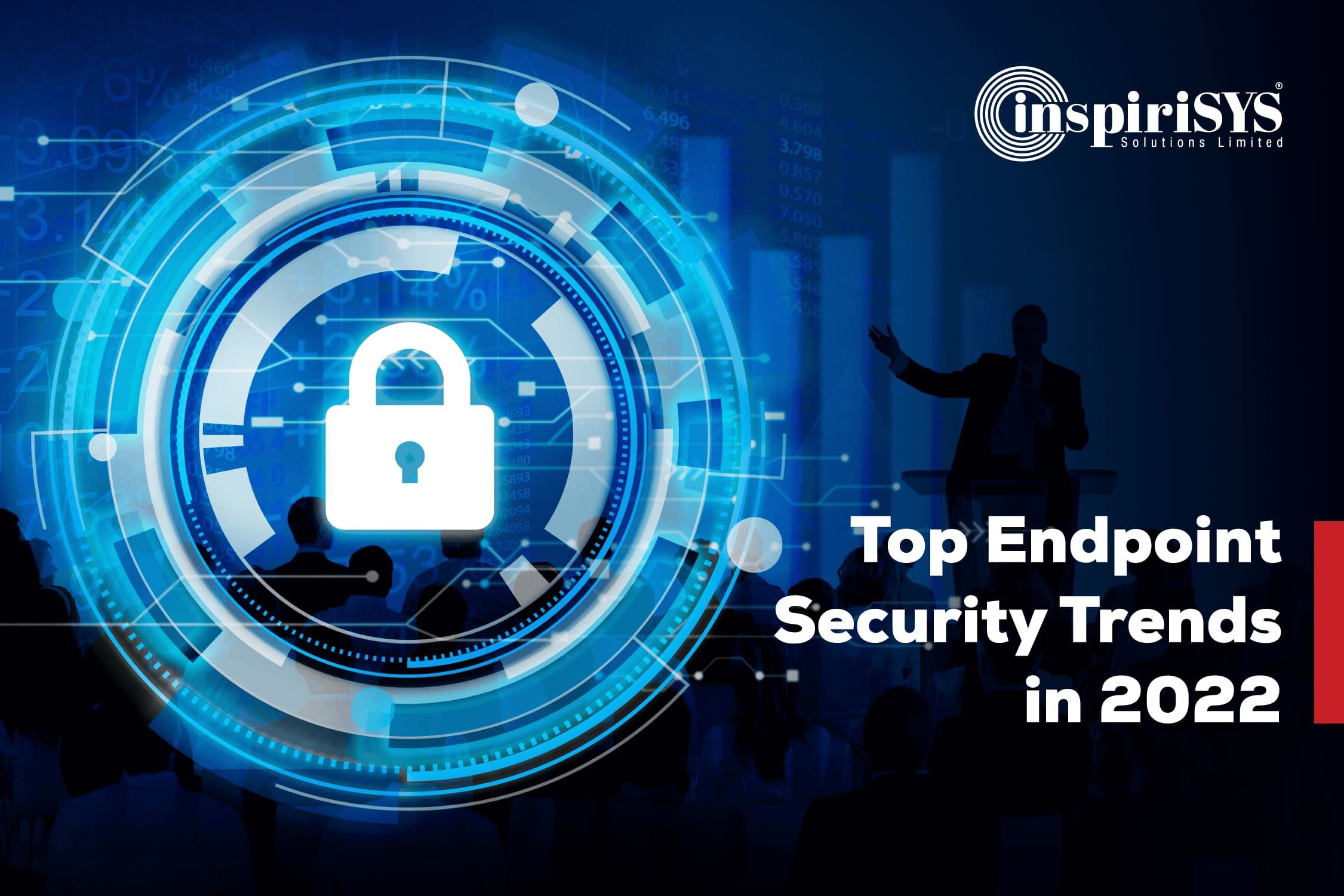Organizations worldwide have begun to realize how critical cybersecurity is to their business. While they continue to do so, malicious actors have been capitalizing on every second of their indecision to further their agendas. Companies are more dependent than ever on IT services, and consequently, on effective cybersecurity measures. Thinly spread IT teams, transitioning to cloud-based infrastructure, and a general lack of technical expertise are contributing to businesses adopting less than stellar security practices.
What is Endpoint Security?
There are multiple areas that you can secure to improve the overall security posture of your enterprise. Endpoint security is beginning to emerge as a vital approach for protecting computer networks.
Endpoint Security refers to securing network endpoints or end-user devices that may be in the form of desktops, laptops, smartphones, and tablets. Endpoints act as points of access to an enterprise network. Any device that can be connected to a network is considered an endpoint. These network gateways can also be exploited by malicious actors to their benefit.
Today, endpoint security has gone beyond the scope of traditional antivirus software to providing comprehensive protection from evolving malware and other threat forms. Endpoint security is typically viewed as an enterprise’s cybersecurity frontline. It is the first place that organizations need to look at to secure their networks. Endpoint protection systems are created to detect, analyze, and find ways to mitigate attacks in progress.
Endpoint Security Trends in 2022
There are various reasons why endpoint protection is the need of the hour for enterprises in 2022. Data is the most crucial asset that any business possesses. The threat landscape, too, is continuing to evolve. EPPs (Endpoint Protection Platforms) are designed to harness cloud capabilities to safeguard enterprise databases against ever-evolving threats. Here are a few key trends that organizations are following in 2022 to secure their endpoints:
Accelerated Adoption of the Zero Trust Security Model
Zero trust network frameworks are gaining popularity among enterprises across sectors to safeguard their data. This model has been designed to assume the worst. It even considers internal employees to be a potential threat. Under this system, users need to be continuously authorized, authenticated, and validated before granting access to enterprise data and applications. Zero Trust is the only way to fully regulate accessibility and has the potential to stop threats from circulating within the network.
Using Behavioral Analytics to Detect Anomalies
AI and Behavioral Analytics are being employed today to dissect the nature of cyberattacks in general. The reason for this is that malicious attacks behave differently in each network or system. With attacks getting more sophisticated, and attackers devising new strategies, gaining access into private enterprise environments is becoming simpler. Behavioral Analytics leverage the unfiltered data available at the endpoints to define what normal user behavior is. This, in turn, helps enterprises identify unusual behavior and network anomalies.
Leveraging AI to Combat Malware
Artificial Intelligence can be utilized to model both positive and negative network behavior which makes it a powerful weapon even against advanced malware. Using proactive behavior monitoring, AI can detect variations that may be in the form of:
-
Excessive consumption of technological resources (CPU & RAM usage)
-
Large amounts of unfiltered data transferred to an external host
-
Odd login times
AI can also automate good behavior modeling, though the process must be constant to keep up with changes. It can also minimize human involvement that’s typically required for behavioral modelling.
Adoption of Self-Healing Endpoints
Self-healing endpoints are those that can detect anomalies in their own functioning and make changes to correct irregular behavior. The rise of the remote workforce has created a lot of hype around these endpoints.
The entire proposition for endpoints to autonomously correct themselves is very attractive. It grants the benefits of scalability for stretched IT departments, while also improving endpoint resilience all around. These are some capabilities of self-healing endpoints:
-
External threat confrontation
-
Handling software decay
-
Reduction in time spent on troubleshooting
Consequences of Weak Endpoint Security

The exponential adoption of connected devices creates the problem of an ever-expanding attack surface for malicious actors to take advantage of. There is a clear disparity between the rate at which new technologies are deployed, and the framing of effective cybersecurity solutions to safeguard them. There can be serious consequences if you don’t have tight endpoint security. These are some consequences you can face:
Data Loss
Scaling the IT environment in any industry creates endpoint vulnerabilities. Staying aware of what’s entering and exiting the network at any given moment is a challenge for any enterprise, especially large ones. This is where Data Loss Prevention (DLP) enters the picture. Critical data is prevented from ever leaving the network without permission and keeps users from uploading data or creating databases without authorization. This enables effective monitoring of whatever data is on your network, regardless of organizational size.
Phishing Attacks
Phishing involves sending fraudulent messages under the guise of a reputable source to gain access to confidential information. These scams are typically carried out over email. The ploy involves fooling the victim into revealing sensitive information that can be used by malicious actors to further their cause. This may include gaining financial details, login details, or any information required to conduct their network assaults.
Unpatched Vulnerabilities
Attacks are increasing in frequency as companies leave vulnerabilities unpatched for longer periods of time. This allows hackers to collect as much data as they like from companies with the intention of selling this information on the dark web. Companies rarely survive the reputational damage this causes. All it takes for these negative implications to be mitigated is to have the right endpoint security measures in place.
Conclusion
The necessity of effective cybersecurity measures can no longer be denied. By effectively implementing security guidelines and securing endpoints strategically, organizations can safeguard their interests. Inspirisys offers strategic consulting to enterprises who are at various levels of technology maturity. Secure your enterprise with cutting-edge tech solutions and bridge the gap between aspirations and business outcomes. Contact us to know more about our cybersecurity solutions.







